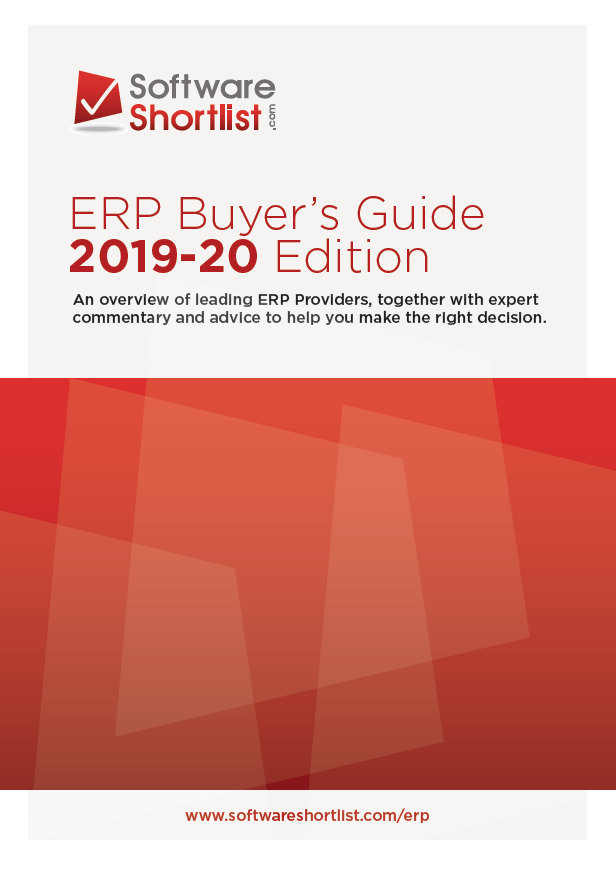Times are tough globally, with uncertainty and reduced demand in many industry sectors weighing on the minds of executives. And although Australia has fared better than most, companies here are struggling with the impact of a high Australian dollar on overseas revenues, and grappling with the implications of a global recession for their specific business circumstances.
But every cloud has a silver lining. A downturn can in fact present an excellent opportunity to invest in the future and differentiate your firm from its competitors. Making the investment in a new ERP system during a downturn may seem like a bold decision (and it is) but there are plenty of good reasons why you should consider doing so.
- Burning platform: When times are tough, the case for change is often easier to communicate. Implementing a new ERP system requires a major commitment of time, money & people, and can cause significant disruption to business as usual. So, even with a strong business case, you may struggle to win ‘hearts & minds’ when times are good because there’s no pressing need and you’ll pushback like ‘if it ain’t broke, don’t fix it’. However, in a downturn when people are acutely aware that the status quo isn’t good enough, you may find it easier to get commitment to a major change such as a new ERP.
- Reduce cost through efficiency: Throughout the business cycle it’s important to keep a close eye on your cost structure, but in a downturn this focus becomes even more acute. A new ERP can deliver significant benefits by automating manual processes, eliminating activities that don’t add value, and getting more results from the same people & resources. A typical implementation process starts with an assessment of your business processes, and with appropriate technology you can significantly streamline operations and reduce costs.
- Position for growth: How companies react during a downturn can have major implications for how they perform when the market eventually recovers. Those that invest in building capabilities and improving their business systems can be very well-positioned relative to their competitors to capture increased customer demand when the cycle turns. It takes time to implement a new ERP and learn how to get maximum benefit from it, so if you complete this process before the recovery you are in a better position to compete.
- Better decisions: Knowledge is power, according to the famous adage. And at times of crisis or rapid change, those who have better insights into what is happening are then better able to respond accordingly. Implementing a new ERP can equip you with the business intelligence and integrated reports you need to assess the situation, understand the implications for your business, and make the right decisions.
- Strike a better deal: The downturn may be affecting major software vendors and implementation partners as well. It’s not unknown for companies to turn to more aggressive pricing to try to maintain revenue in the face of weaker demand. So if you need an ERP, you may be able to take advantage of their eagerness for new business by negotiating a better deal on your new system and/or the implementation services required to implement it.
- Utilize available resources: Many companies find they have spare capacity in a downturn, with weaker customer demand translating into lower staff utilization. Implementing a new ERP system requires significant time from your key staff and this can be hard to justify when business is humming and everyone is 120% busy. But when you have some spare capacity, it is an excellent opportunity to use those talented people to invest in your company’s future.
- Grow the top line: Declining revenues can decimate a business, particularly if you have significant fixed costs. However, putting in a new ERP can give you access to superior CRM capabilities, enabling your sales team to better focus their attention and coordinate their efforts to retain key customers and win new business. This is valuable throughout the business cycle, but in a downturn it can mean the difference between surviving and thriving.
—
Note: This article first appeared in the November 2011 edition of Software Shortlist Magazine



